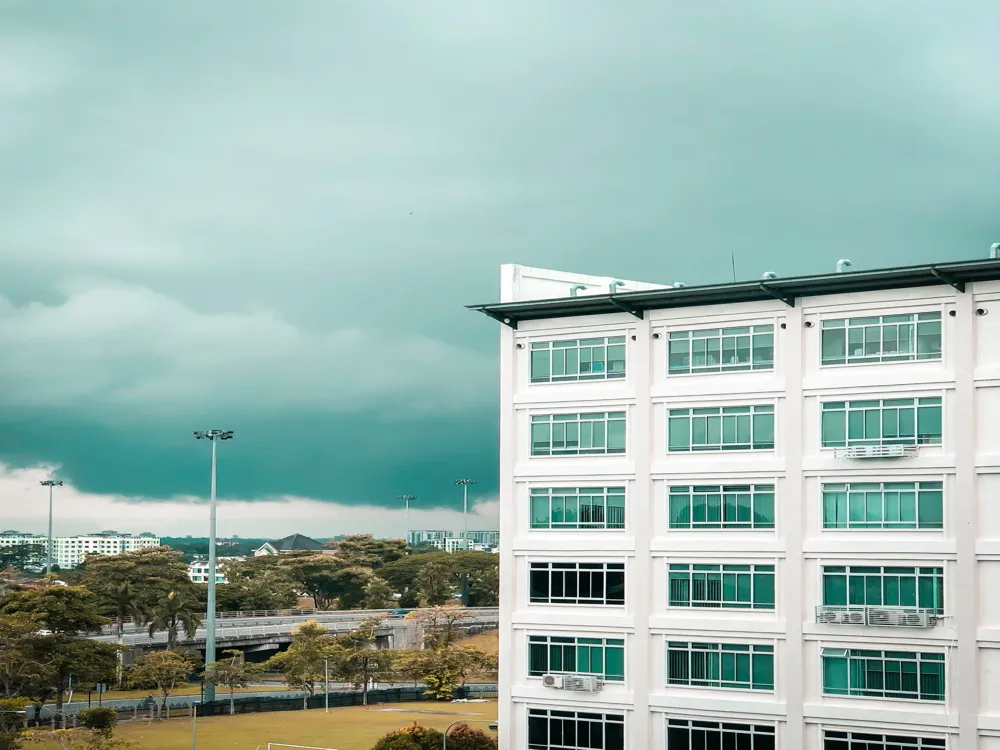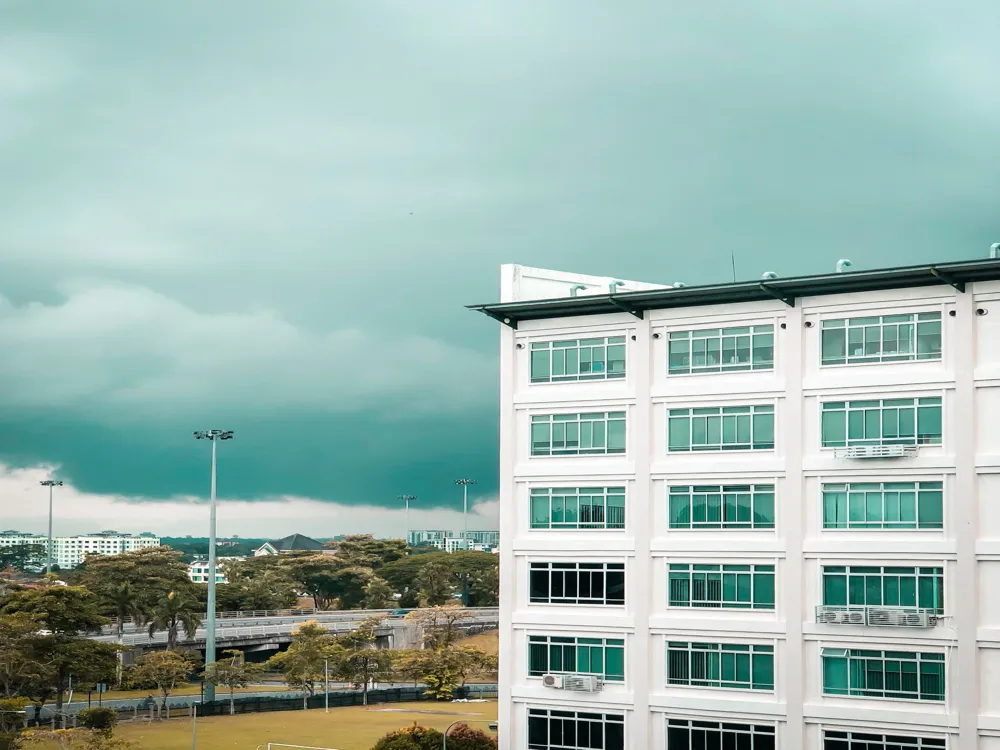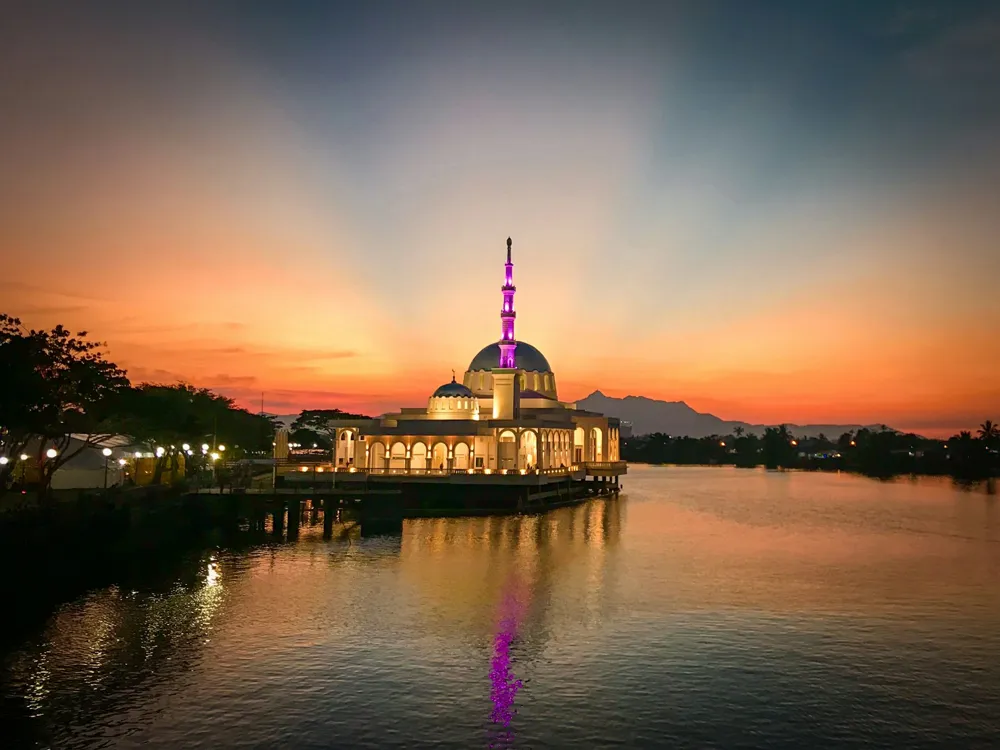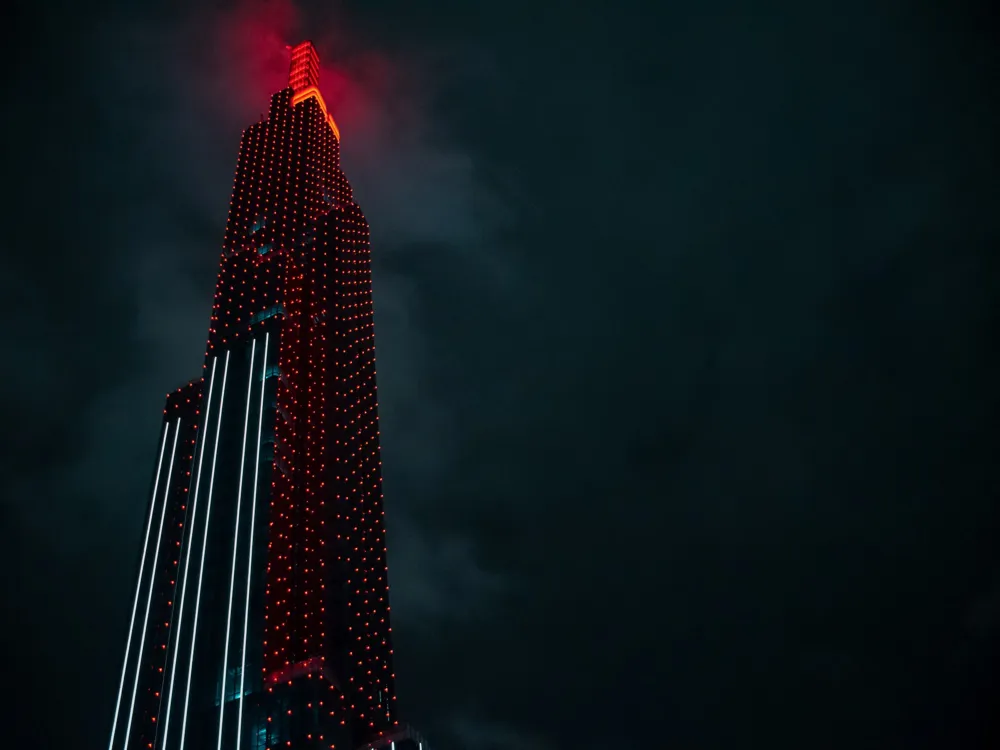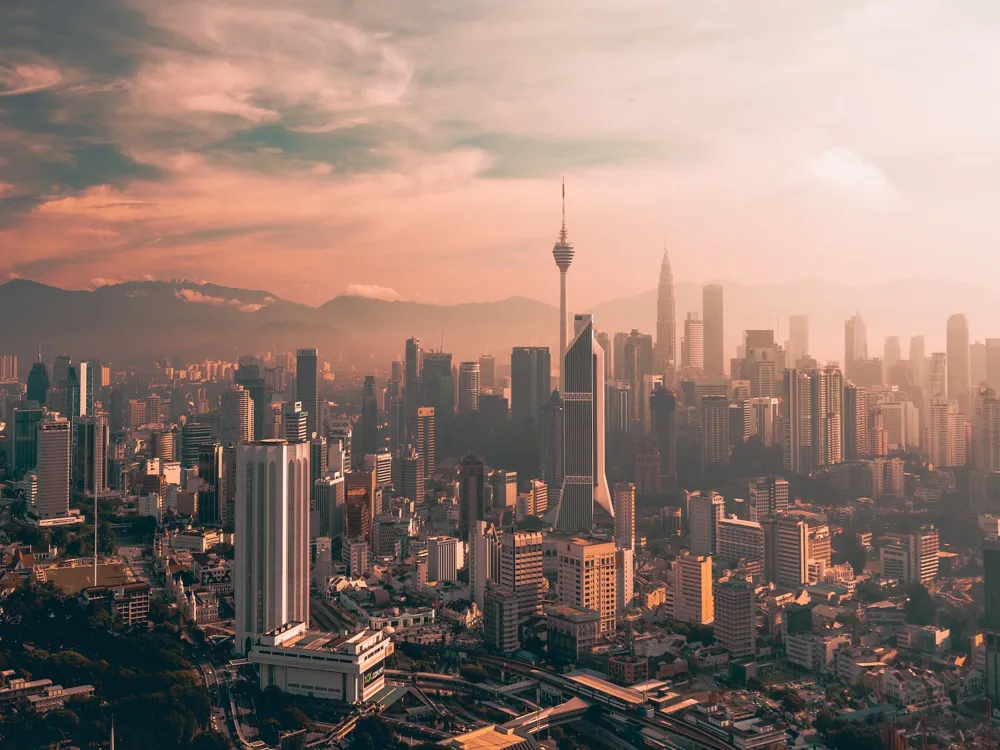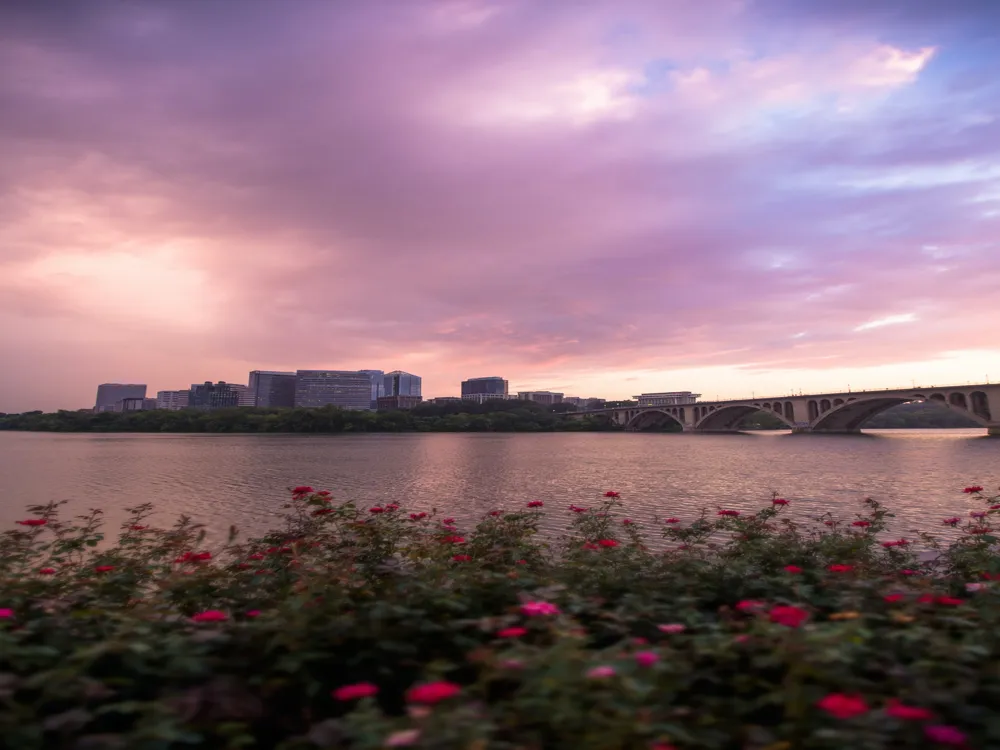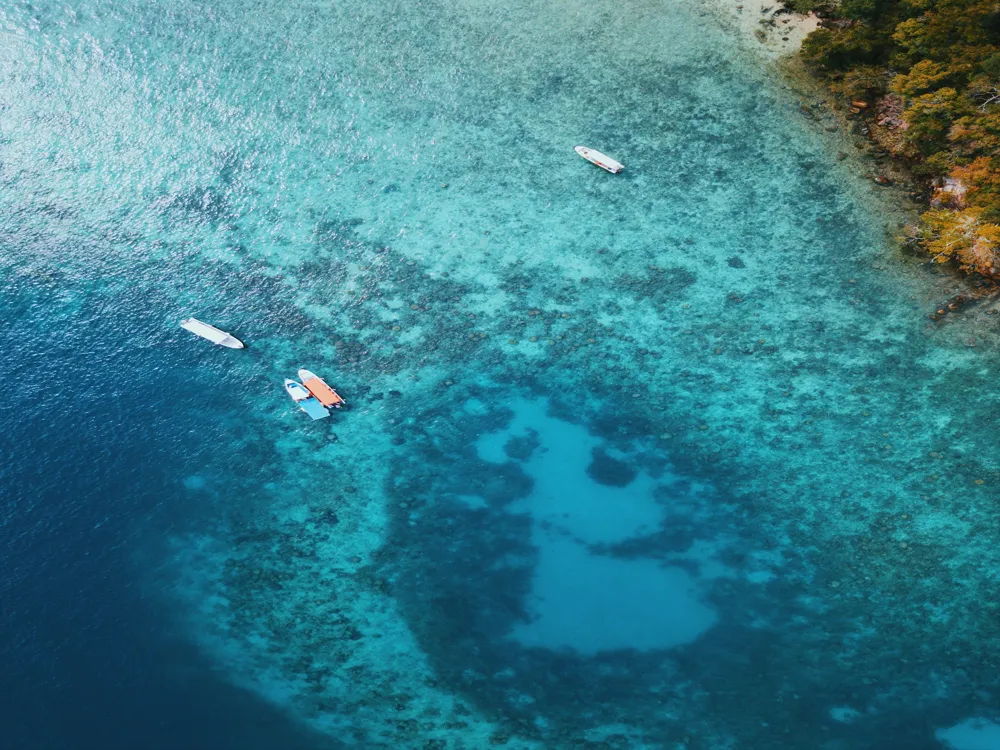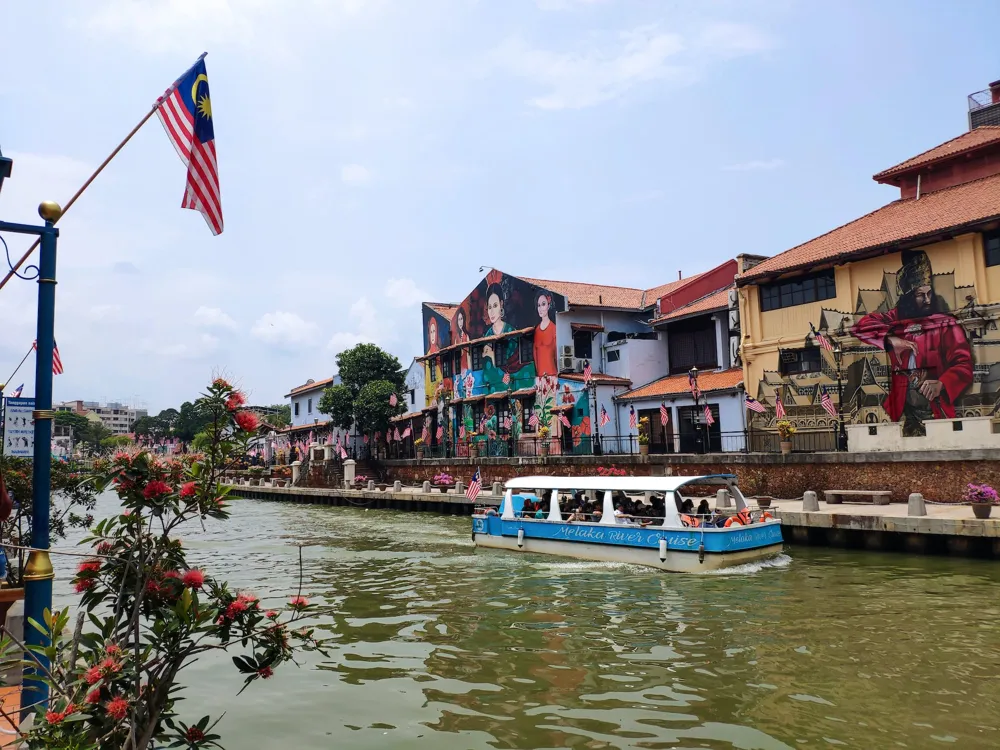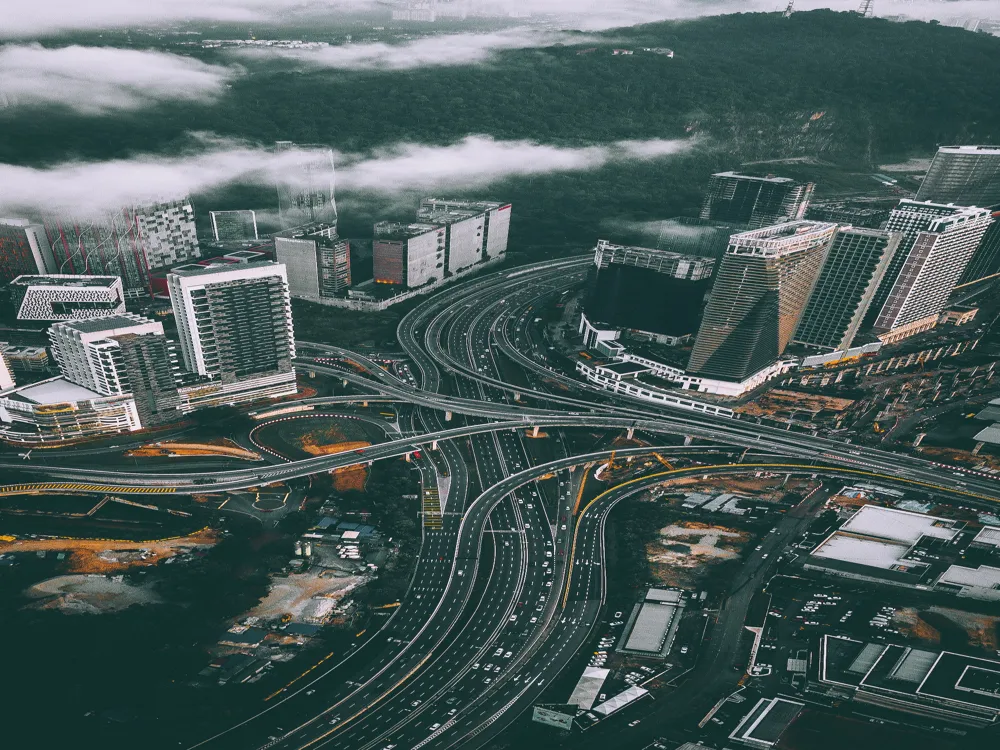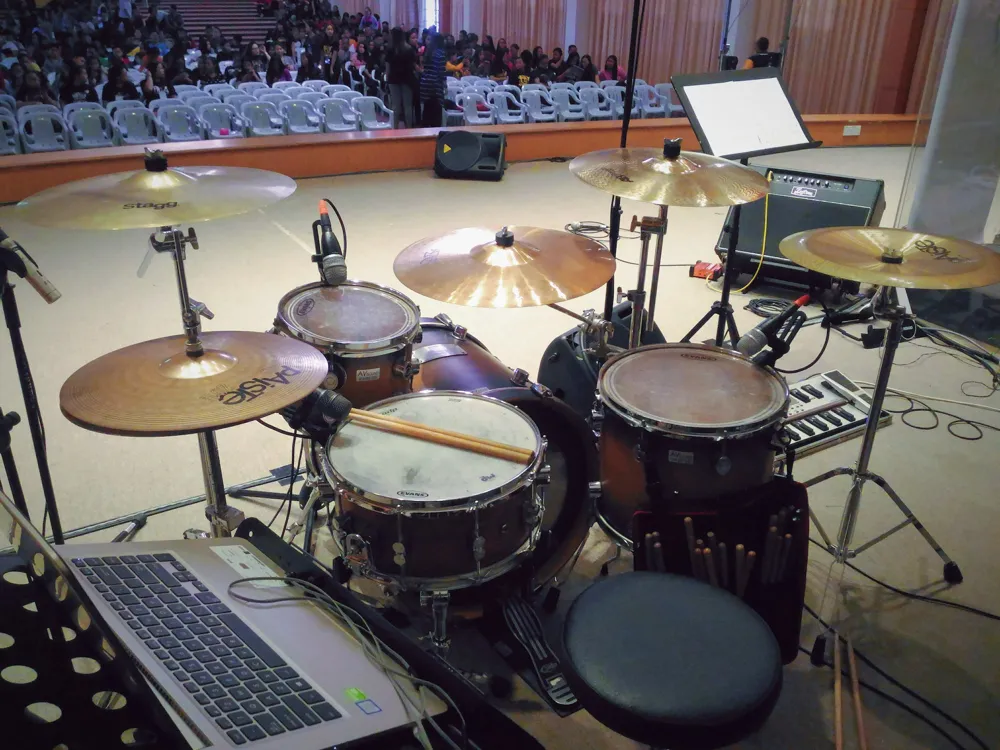Fort Margherita, nestled in the heart of Kuching, Sarawak, stands as a beacon of historical significance and architectural splendor. Constructed in 1879 under Charles Brooke, the second White Rajah of Sarawak, this fortress was named in honor of his wife, Margaret Alice Lili de Windt. The primary purpose of Fort Margherita was to protect Kuching from pirate attacks, reflecting the tumultuous era it was built. Over the years, it has witnessed numerous changes, transitioning from a defensive stronghold to a police museum, and now, a popular tourist attraction. The fort's location, strategically perched on a hill overlooking the Sarawak River, offers a panoramic view of the Kuching Waterfront. This positioning was not only ideal for overseeing the city but also crucial for defending against potential naval threats. The fort's history is intertwined with that of Sarawak, marking important events and transitions in the region's governance and societal evolution. Its walls are steeped in stories of bravery, strategy, and the intricate dynamics of the Brooke Dynasty. Visiting Fort Margherita is not just a journey through a historical monument; it is an immersive experience of the rich cultural and historical tapestry of Sarawak. The fort's transformation over the years reflects the changing times and roles it has played in the community. It has evolved from a symbol of colonial power to a cherished historical site, embodying the resilience and enduring spirit of Kuching and its people. The architectural design of Fort Margherita is a blend of British and local influences, making it a unique symbol of Sarawak's colonial history. The fort was designed by J.C. McConnell, showcasing Victorian-style military architecture infused with local elements. The structure's layout is strategic, featuring thick walls, battlements, and an imposing tower, all crafted to provide a formidable defense against attacks. One of the most striking features of Fort Margherita is its white façade, which stands in stark contrast to the lush green surroundings. The fort's exterior is adorned with cannons and loopholes, a testament to its original purpose as a defensive stronghold. The interior, meanwhile, is a labyrinth of rooms and corridors, each telling a different story of the fort's past. The armory and prison cells, for instance, offer a glimpse into the life of soldiers and prisoners during the Rajah's rule. The fort's architectural beauty extends beyond its military features. The intricate woodwork, ornate tiles, and period furnishings within its walls reflect the artistic and cultural influences of the time. The fusion of Western and local design elements creates a unique aesthetic that is both charming and imposing. The tower, offering a bird's-eye view of Kuching, is an architectural marvel in itself, symbolizing the fort's vigilant watch over the city. Before visiting Fort Margherita, it's essential to plan your trip. Check the opening hours and any scheduled events or closures. It's advisable to allocate at least 1-2 hours for a thorough exploration of the fort and its exhibits. The weather in Kuching can be hot and humid, so wear comfortable, light clothing. As the fort is a historic site, it's recommended to dress respectfully. Consider taking a guided tour for a more in-depth understanding of the fort's history and architecture. Guides can provide fascinating insights and anecdotes not found in guidebooks. Photography is allowed in most areas of the fort, but be mindful of any restrictions. The fort's architecture and panoramic views provide excellent photo opportunities. With Kuching's tropical climate, it's important to stay hydrated. Carry a water bottle, especially during the hotter months. Fort Margherita is accessible and well-connected to the main city of Kuching. Visitors can opt for various modes of transportation to reach the fort. By Taxi or Ride-Sharing: Taxis and ride-sharing services are readily available in Kuching. They offer a convenient and direct route to the fort. Public Transport: Local buses are an affordable option, though they might take longer. Check the local bus routes and schedules that pass near the fort. By Foot: For those staying in the city center, the fort is within walking distance, offering a pleasant stroll along the Kuching Waterfront. By River Cruise: A unique way to reach Fort Margherita is by taking a river cruise along the Sarawak River. This not only provides a scenic route but also a glimpse of the local riverine lifestyle. Read More:Overview of Fort Margherita in Kuching, Sarawak
Architecture of Fort Margherita
Tips When Visiting Fort Margherita
Plan Your Visit
Dress Appropriately
Guided Tours
Photography
Stay Hydrated
How To Reach Fort Margherita
Fort Margherita
Kuching
Sarawak
NaN onwards
View kuching Packages
Weather :
Tags : Forts & Palaces
Time Required : 1-2 hours
Entry Fees : Fort Margherita: RM 40
Combined ticket for Fort Margherita and Brooke Gallery: RM 30
Planning a Trip? Ask Your Question
Kuching Travel Packages
View All Packages For Kuching
Top Hotel Collections for Kuching

Private Pool

Luxury Hotels

5-Star Hotels

Pet Friendly
Top Hotels Near Kuching
Other Top Ranking Places In Kuching
View All Places To Visit In kuching
View kuching Packages
Weather :
Tags : Forts & Palaces
Time Required : 1-2 hours
Entry Fees : Fort Margherita: RM 40
Combined ticket for Fort Margherita and Brooke Gallery: RM 30
Planning a Trip? Ask Your Question
Kuching Travel Packages
View All Packages For Kuching
Top Hotel Collections for Kuching

Private Pool

Luxury Hotels

5-Star Hotels

Pet Friendly








